The US held off from a threatened tariff hike on EU products regarding the 16-year Airbus subsidies dispute, and signal its willingness to go back to negotiation table. The amount of products subject to the tariffs are kept unchanged at USD 7.5B, with 15% rate for aircraft and 25% on for other products.
“The EU and member states have not taken the actions necessary to come into compliance with WTO decisions,” Trade Representative Robert Lighthizer stated. “The United States, however, is committed to obtaining a long-term resolution to this dispute. Accordingly, the United States will begin a new process with the EU in an effort to reach an agreement that will remedy the conduct that harmed the U.S. aviation industry and workers and will ensure a level playing field for U.S. companies. ”
“The Commission acknowledges the decision of the U.S. not to exacerbate the ongoing aircraft dispute by increasing tariffs on European products,” an EU official said in response. “The EU believes that both sides should now build on this decision and intensify their efforts to find a negotiated solution to the ongoing trade irritants.”




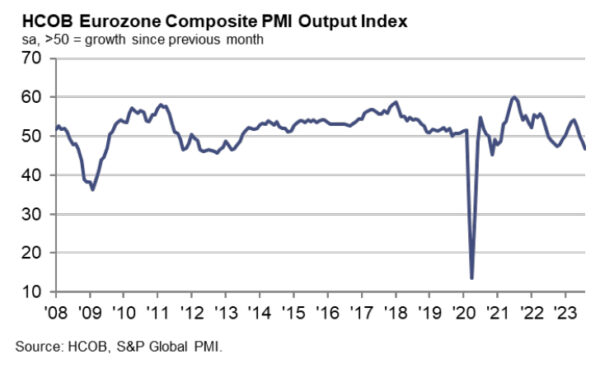

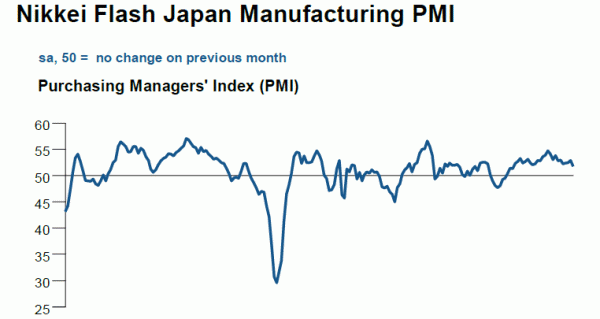
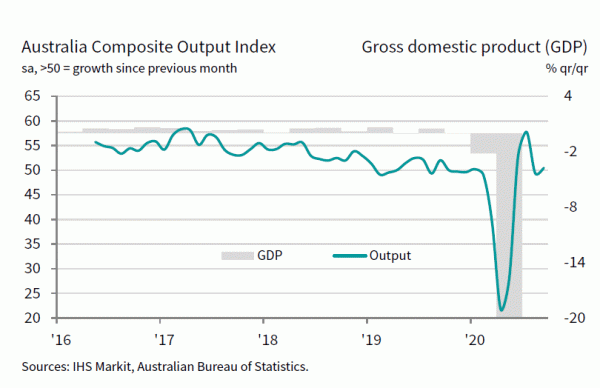
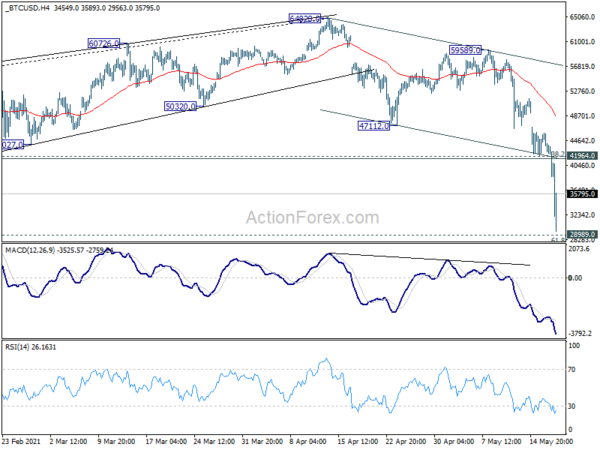
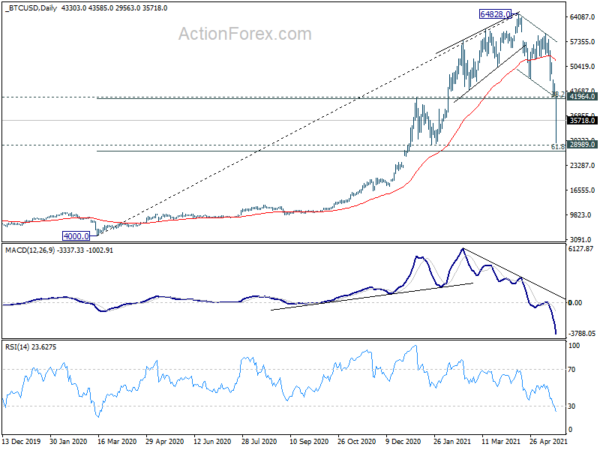
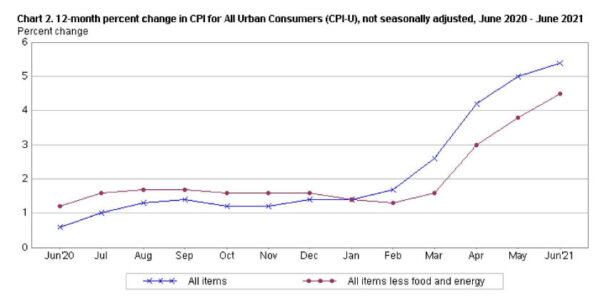
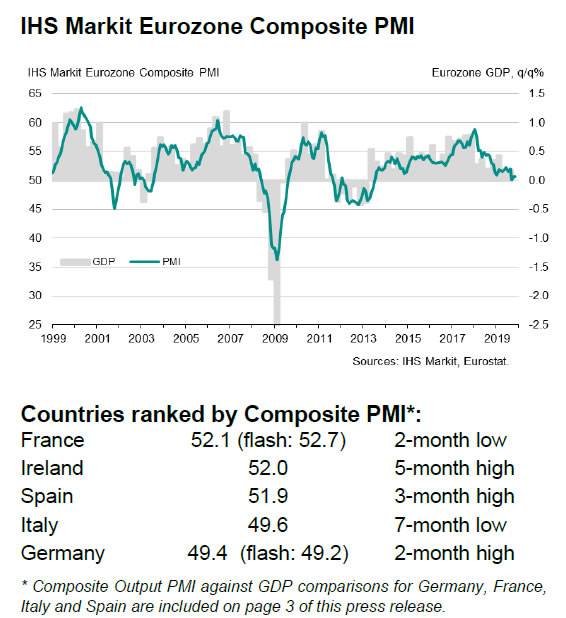
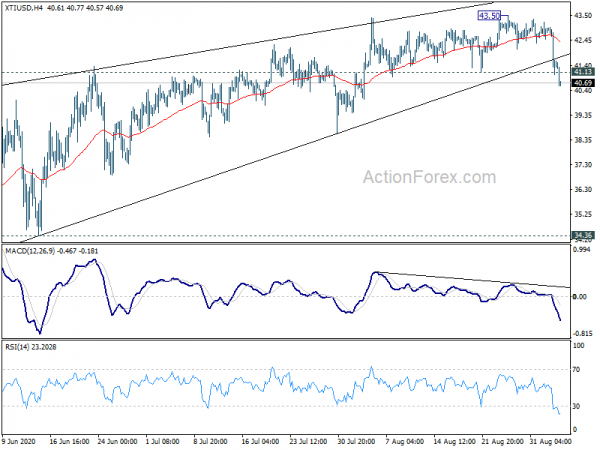
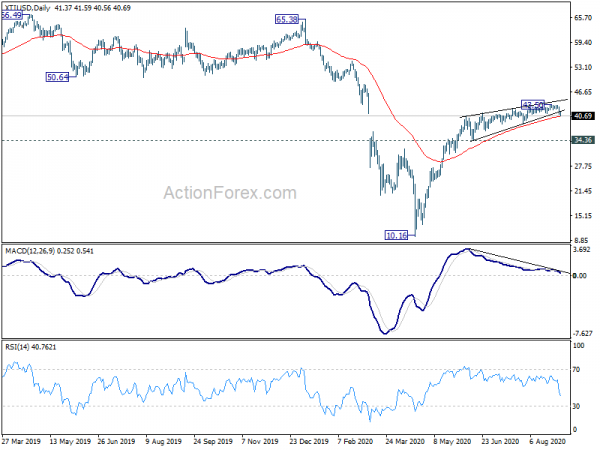
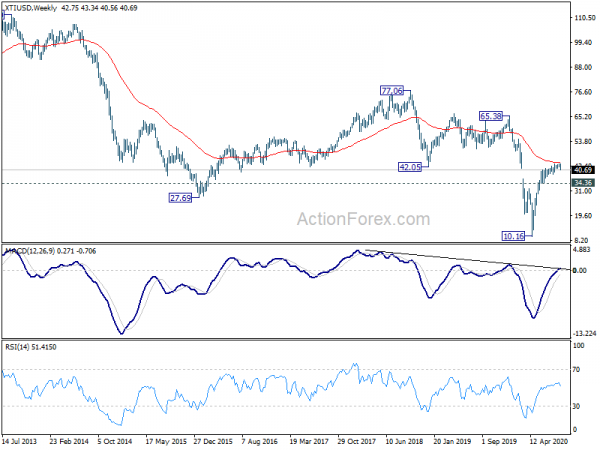
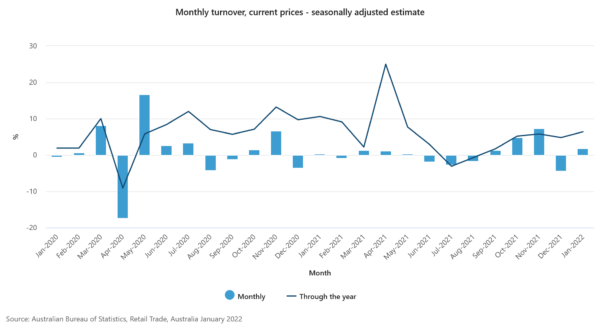
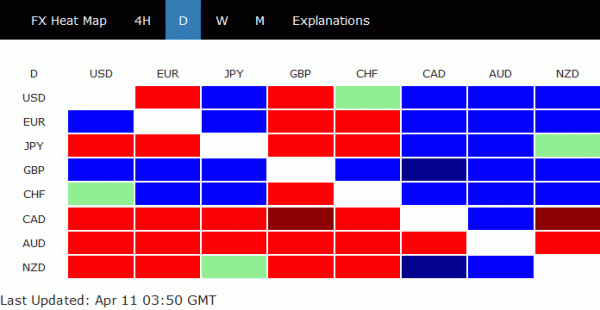
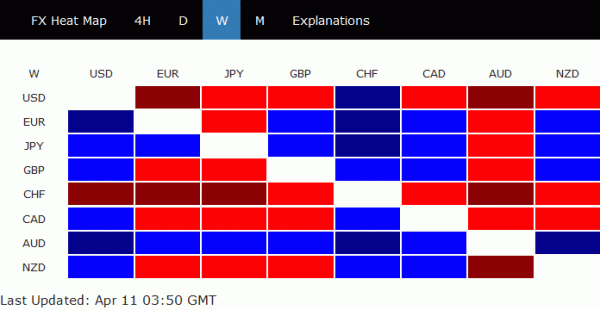

US, UK, France struck Assad’s chemical weapons facilities in one-time shot
US, UK and France launched attack in Syria in retaliation for a chemical weapon attack outside Damascus by Bashar al-Assad’s regime. US Defence Secretary Jim Mattis said more than 100 missiles were fired, and struck three of Syria’s main chemical weapons facilities. Mattis also said that is a “one-time shot” to send a “very strong message” to Assad to “dissuade him, to deter him”. And no attack is planned for now. Russia’s Defence Ministry said the majority of missiles fired were intercepted by Syrian government air defence systems.
Anatoly Antonov, Russia’s ambassador to the US responded by writing on Facebook that “Our worst apprehensions have come true. Our warnings have been left unheard.” And, “we warned that such actions will not be left without consequences.” He also condemned that “insulting the President of Russia is unacceptable and inadmissible” apparently referring to US President Donald Trump’s mention of Russian President Vladimir Putin is his speech.
In Trump’s televised speech, he said “in 2013 President Putin and his government promised the world that they would guarantee the elimination of Syria’s chemical weapons. Assad’s recent attack and today’s response are the direct result of Russia’s failure to keep that promise. Russia must decide if it will continue down this dark path, or if it will join with civilized nations as a force for stability and peace.”